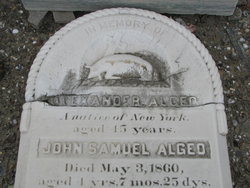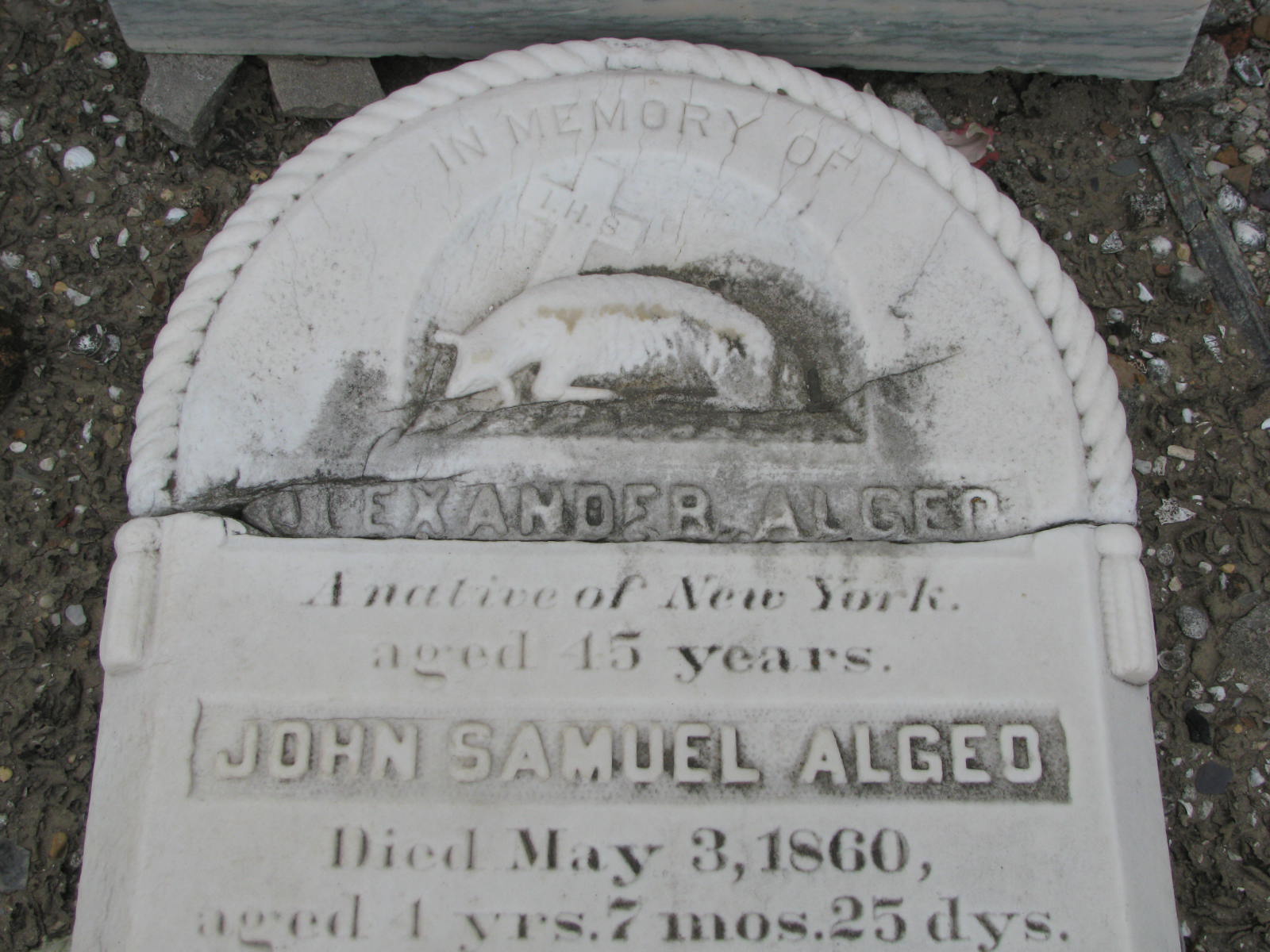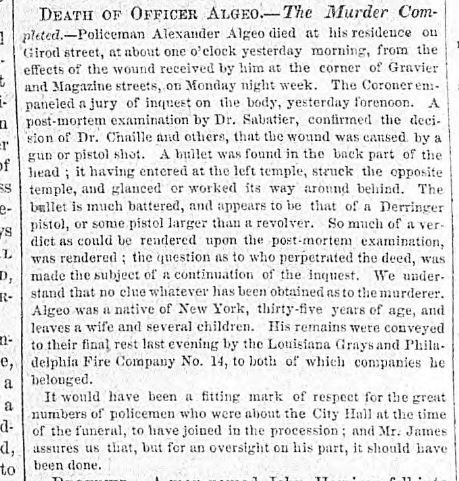He couldn't pack a revolver. A mayoral order barred him and all other officers from carrying arms while patrolling the streets. The order hewed to a state law, passed in 1813, prohibiting the carrying of concealed weapons by Louisiana residents, although New Orleans police widely ignored
the law until Mayor John L. Lewis handed down a directive.
The deadly risks that the city's officers faced during the 1850s became impossible for citizens and elected leaders to ignore when Algeo was shot in the head that March night, during a volatile political meeting, as he walked his beat. He died nine days later...
At the time, Algeo couldn't even wear a police uniform. During the pre-Civil War era in a bustling port city rife with immigrants, the Police Department couldn't yet afford to outfit its 250 officers.
As he sought out troublemakers, all Algeo could do was brandish his badge, grab the crank's mahogany handle and whirl it in a circle to emit a loud rattle. The point of the noise was to notify citizens within earshot that a law officer needed help arresting a criminal.
The policy issued by Mayor Lewis after his election in 1854 deterred Algeo from carrying a gun on streets that boiled with political turmoil, where killings were quite common.
A veteran of the Mexican-American War who intermittently worked as a city policeman for several years, Algeo had good reason to feel hopeful about the future the night he was fatally shot.
The dark-haired New York native celebrated his third wedding anniversary with his wife Elizabeth (Casserly) the previous day. The couple was raising a young son and daughter in their home on Girod Street, between North Rampart and Basin streets. Algeo supported them with the $600 he earned each year as a patrolman.
source:
New Orleans police began carrying guns after officer was fatally shot 153 years ago
Times Picayune March 29, 2009
Submitted by NOVA
He couldn't pack a revolver. A mayoral order barred him and all other officers from carrying arms while patrolling the streets. The order hewed to a state law, passed in 1813, prohibiting the carrying of concealed weapons by Louisiana residents, although New Orleans police widely ignored
the law until Mayor John L. Lewis handed down a directive.
The deadly risks that the city's officers faced during the 1850s became impossible for citizens and elected leaders to ignore when Algeo was shot in the head that March night, during a volatile political meeting, as he walked his beat. He died nine days later...
At the time, Algeo couldn't even wear a police uniform. During the pre-Civil War era in a bustling port city rife with immigrants, the Police Department couldn't yet afford to outfit its 250 officers.
As he sought out troublemakers, all Algeo could do was brandish his badge, grab the crank's mahogany handle and whirl it in a circle to emit a loud rattle. The point of the noise was to notify citizens within earshot that a law officer needed help arresting a criminal.
The policy issued by Mayor Lewis after his election in 1854 deterred Algeo from carrying a gun on streets that boiled with political turmoil, where killings were quite common.
A veteran of the Mexican-American War who intermittently worked as a city policeman for several years, Algeo had good reason to feel hopeful about the future the night he was fatally shot.
The dark-haired New York native celebrated his third wedding anniversary with his wife Elizabeth (Casserly) the previous day. The couple was raising a young son and daughter in their home on Girod Street, between North Rampart and Basin streets. Algeo supported them with the $600 he earned each year as a patrolman.
source:
New Orleans police began carrying guns after officer was fatally shot 153 years ago
Times Picayune March 29, 2009
Submitted by NOVA
Family Members
Advertisement
Advertisement







